Our Approach
ACEER’s field-based research is led by our Conservation Leaders: an international cohort of emerging conservationists dedicated to conserving functioning landscapes in the Amazon and beyond. Our Conservation Leaders are a key part of ACEER’s Conservation Learning Web.

Our research profile began with the implementation of the Amazon’s first canopy walkway system, and has grown to include soil and freshwater ecology, mammal conservation, and much more. We focus on applied research questions that are grounded in ethics and address global environmental challenges.
Much of ACEER’s current field-based research takes place in the heart of the Peruvian Amazon, on the ancestral lands of the Maijuna people. ACEER’s field-based research is the result of strong institutional partnerships with OnePlanet, FECONAMAI, and other critical collaborators and funders.
Conservation Leaders
ACEER supports the next generation of Amazon Rainforest conservation leaders through our Conservation Leaders program. Conservation Leaders use their knowledge and passion to turn experiential learning and international exposure into opportunities to increase awareness, skills, and networks for conservation. With hands-on field experience, conservation leaders can dive deep into the work of learning about and preserving the Amazon and the biocultural diversity it holds.
ACEER Conservation Leaders have the opportunity to create lasting relationships and knowledge-share with members of the ACEER Team and each other by collaborating on blogs, social media, field work, participating in residencies and workshops, sharing data and research, publishing in journals and more.
Our Conservation Leaders have collectively completed:
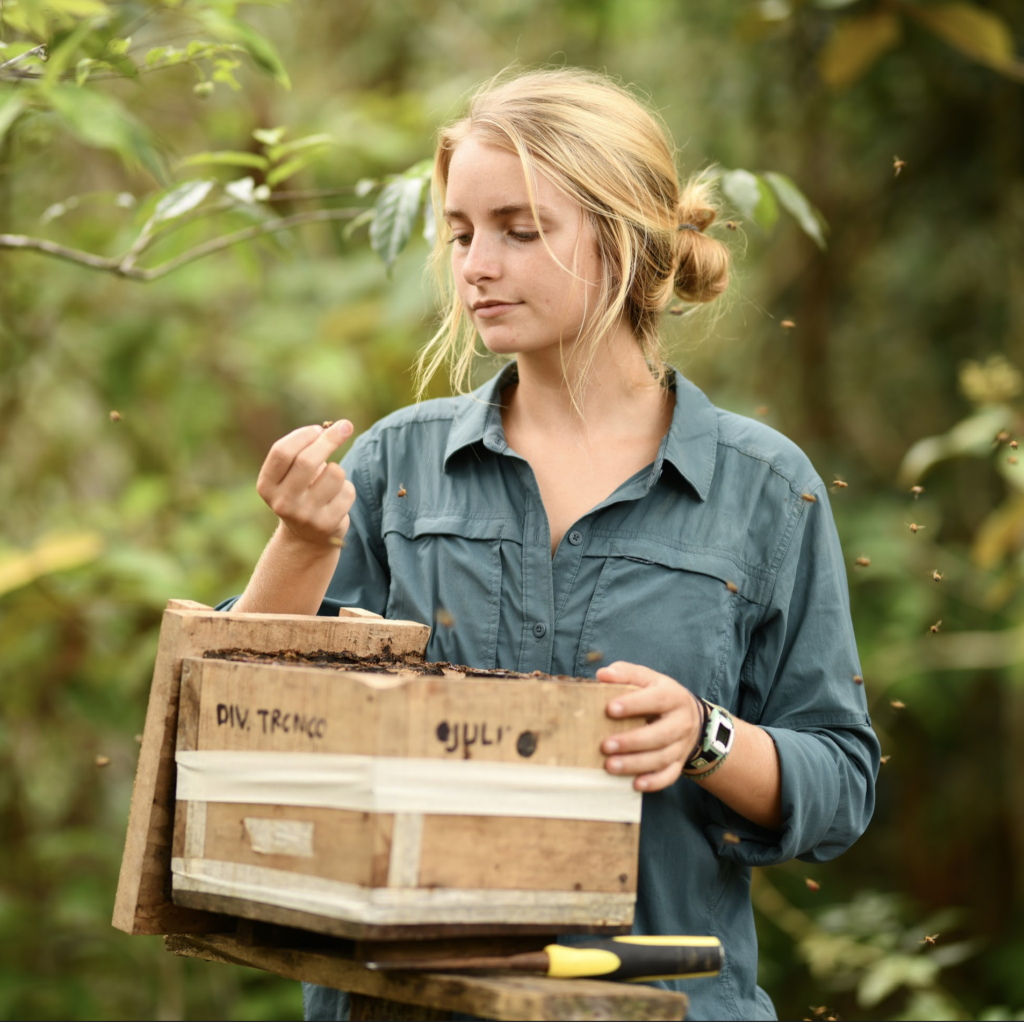
“Conservation means nurturing what natural systems and people need for robust health and long-term functioning, including the education and values necessary for sustaining it into the future.”
~Elizabeth Benson
Camera Trapping
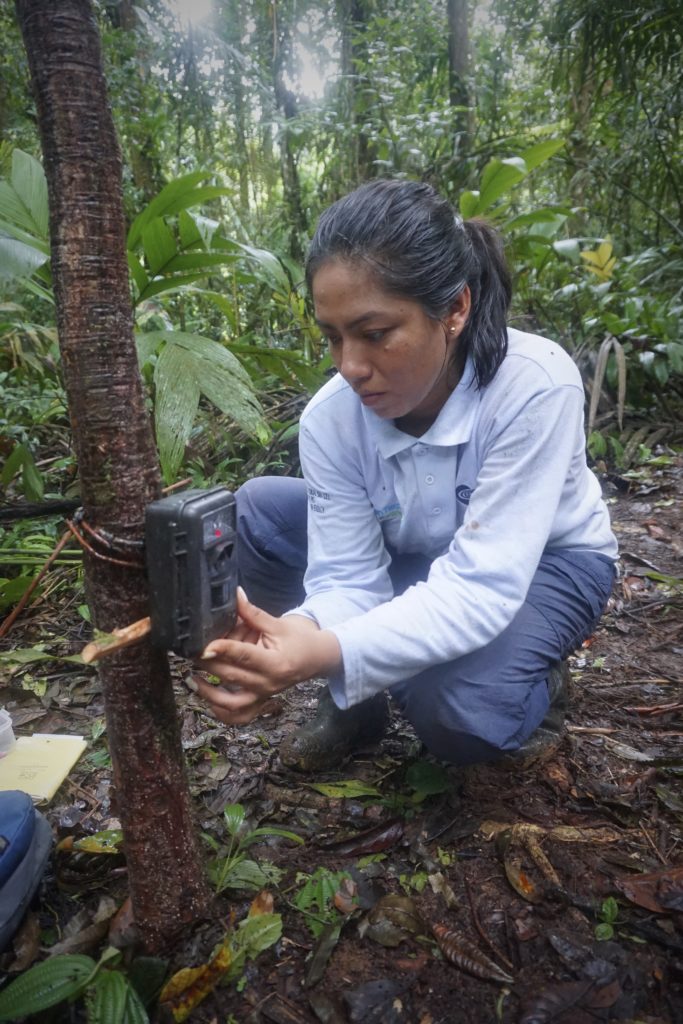
Camera trapping is an efficient method of observing rarely seen animals in the wild without disturbing their behavior or movement. Camera traps are placed deep in the forest and are triggered by the motion of an animal, recording a series of images and videos as the animal passes by. We use camera traps to study animal behavior, movement, and occupancy across landscapes that are subject to human disturbance. We seek to understand how disturbance ripples through populations, and how the resiliency of ecosystems can support sustainable management of natural resources.
We work with teams of students and citizen scientists to identify species in camera trap images. We have conducted camera trapping surveys in several regions of Peru, and have identified over 45 bird and mammal species. Most recently, our Conservation Leaders team deployed almost 60 camera traps throughout the Sucusari River basin alongside Maijuna experts to understand how subsistence hunting practices impact the occupancy of game mammal species. Check out some of our recent camera trapping results!
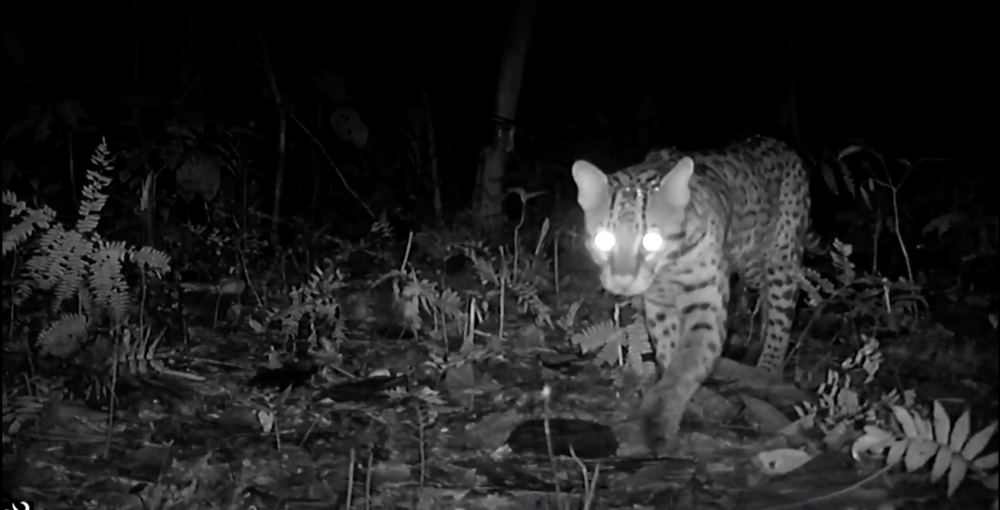
Our current camera trapping work is supported by strong institutional partnerships with OnePlanet and Federación de Comunidades Nativas Maijuna (FECONAMAI), among others.
Soil Ecology
Mineral licks are naturally-occurring sites in the forest where animals visit to consume soil, a behavior known as geophagy. The reasons for geophagy likely vary based on the species, but mineral lick soils may provide a multivitamin of dietary minerals that are lacking in animals’ diets, and/or provide a way to buffer toxins that have been consumed in plant tissues, relieving animals’ gastrointestinal discomfort.
Our Conservation Leaders led the sampling of soils from 83 mineral licks in the Sucusari River basin in collaboration with Maijuna experts. These soil samples formed the largest database of mineral lick soils ever collected in the Amazon in the same watershed. This data will be used to understand the drivers of geophagy of critically important keystone species, and advocate for the conservation of mineral lick-dense landscapes worldwide.

Our current soil ecology work is supported by strong institutional partnerships with OnePlanet and FECONAMAI, among others.
Freshwater Ecology
Freshwater rivers and streams are the lifeblood of the Amazon rainforest, and their health is paramount to the well-being of tropical ecosystems. We use LeafPack tools to monitor water quality in streams in Madre de Dios, Peru, which have been degraded by gold mining.
The LeafPack Stream Ecology project is designed for experiential learning with teachers and students to illustrate the importance of water quality, and creating a consciousness about the necessity to preserve functioning landscapes. It uses the presence and relative abundance of aquatic macroinvertebrates as biological indicators of water quality and freshwater stream health. Comparing LeafPack data across space and through time allows us to assess spatial and temporal changes in water quality due to disturbances.
The LeafPack program is led by local emerging conservationists who are involved in experiential education programs. These young scientists have produced robust results which have been presented and published in a variety of scientific venues.
Our current work on stream ecology is supported by strong institutional partnerships with Stroud Water Research Center and Nature Explorers, among others.
Canopy Science
ACEER and its partners have pioneered the construction and use of Canopy Walkway Systems in Amazonia since 1991. We were the first to create a Canopy Walkway in the Western Hemisphere, located in the lowland forest of northeastern Peru, in partnership with International Expeditions, Amazon Explorama Lodges and CONAPAC. Over the years, it has hosted conservation workshops, ecotourists, local conservation education programs and research. New species have even been discovered on the Walkway!
The ACTS Canopy Walkway is currently operated by one of our institutional collaborators, Amazon Explorama Lodges. ACEER scientists, Conservation Leaders, and experiential learning participants all make use of the ACTS Canopy Walkway to produce science and education.
Our canopy science work is supported by strong institutional collaborations with Amazon Explorama Lodges, the Amazon Conservatory for Tropical Studies, Mainspring Media, and the Delaware Teachers Institute, among others.
